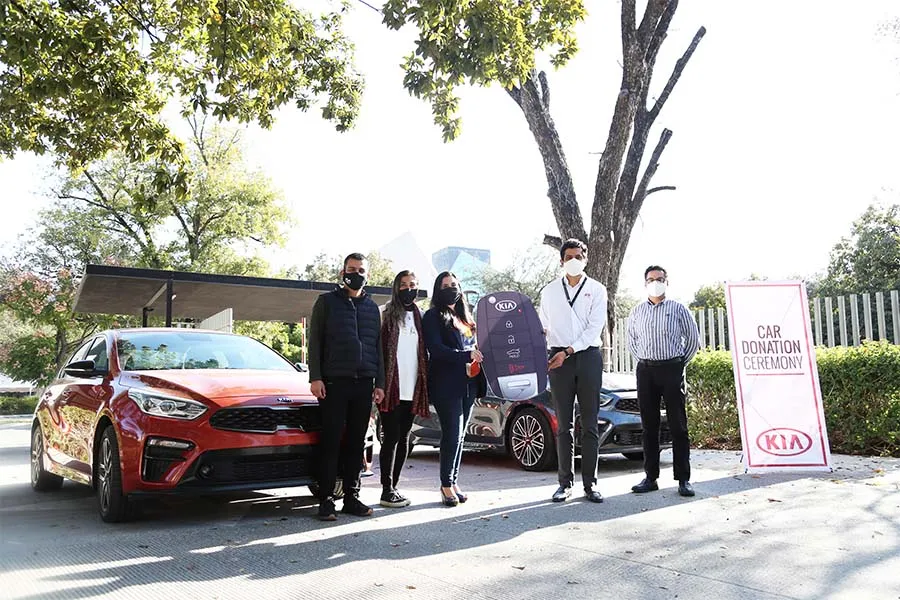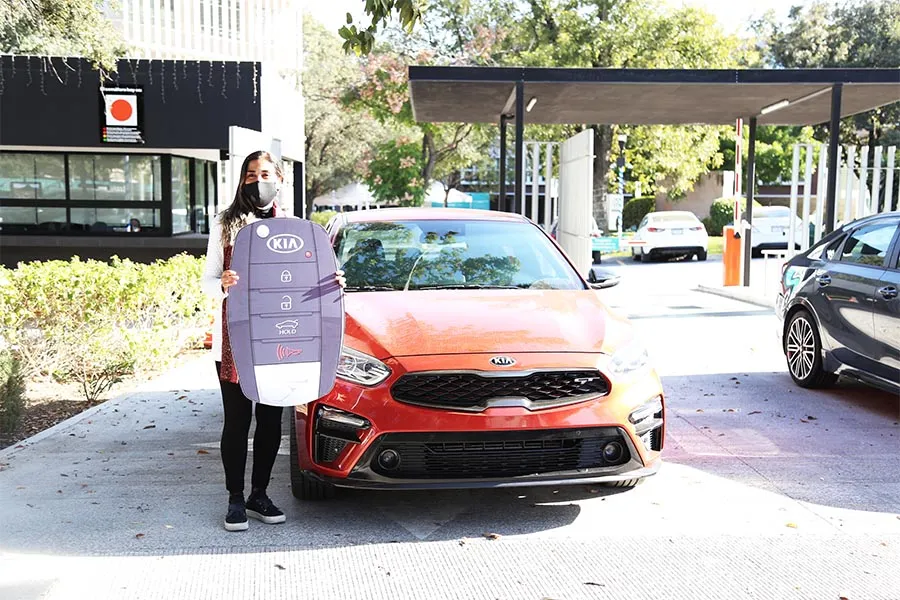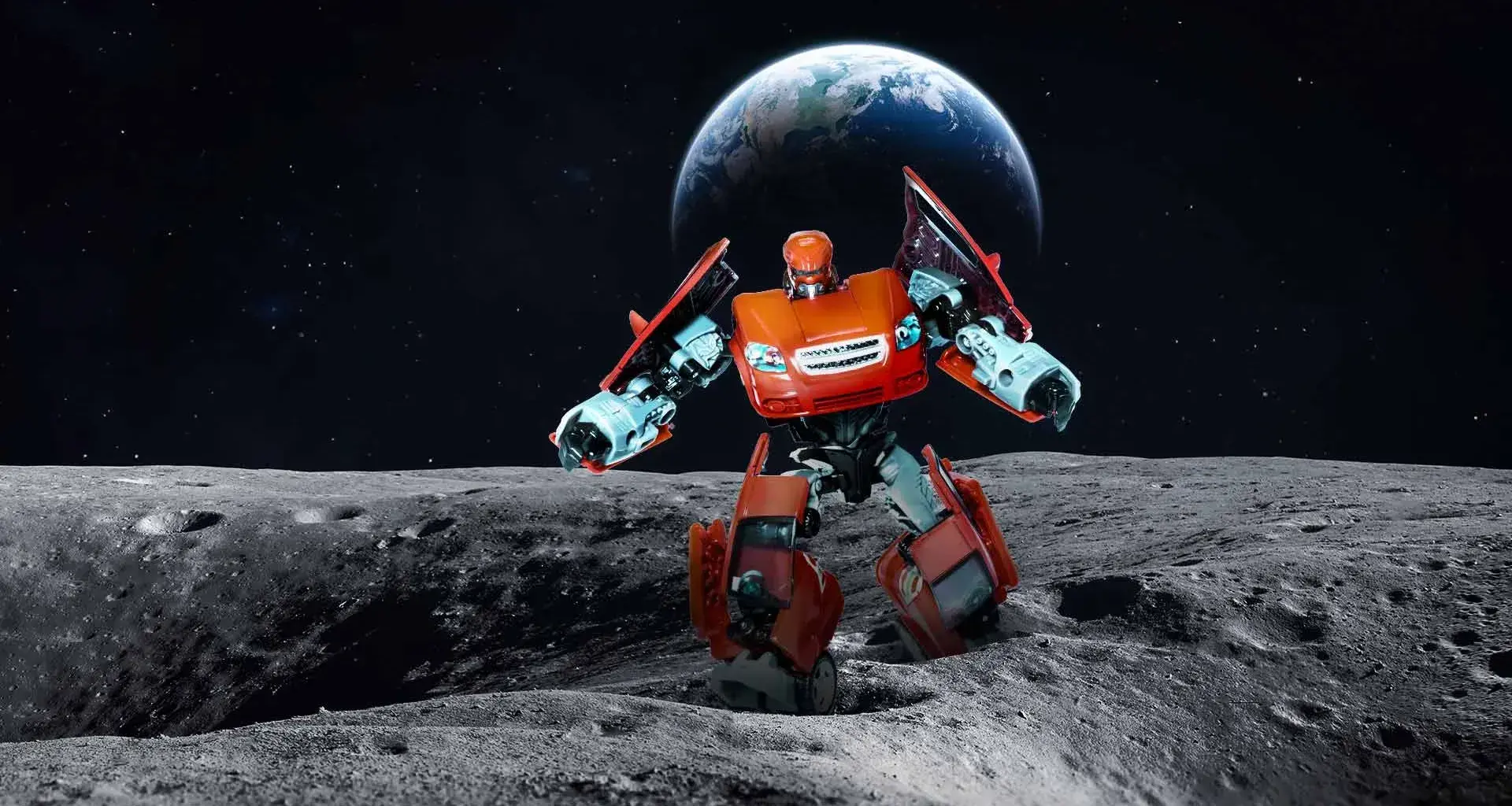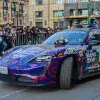Have you ever imagined a space vehicle with the ability to turn into a humanoid robot? If you grew up in the eighties, the concept may seem more than familiar to you.
Just like in a Michael Bay film, Tec engineers are working on a prototype of a “rover” capable of changing into humanoid form that can carry out specific activities in upcoming space missions.
In order to achieve this objective, the “Space Makers” group, made up of students and teachers from the School of Engineering and Sciences(EIC), will be in charge of converting a 2020 KIA Forte the company has donated to the Tec into a space robot.

Paloma González Robles, a Mechatronics professor at the Tec’s Monterrey campus, stated that the purpose of the project is to create a space vehicle capable of fulfilling specific roles on a moon base.
The EIC professor explained that the idea came from incorporating space-based design and technology into a KIA vehicle mounted at an exhibition in Korea, which transforms into a humanoid.
“The idea is for the robot to have several functions as part of a space mission thanks to its capacity for transportation, mobility, and cargo,” said the Mechatronics Engineering professor.
The project seeks to try out different sensor technologies, artificial intelligence, and machine learning, as well as robot autonomy.
“The idea is for the robot to have several functions as part of a space mission.”
The project also has mentoring and outreach from the Mexican Space Agency, the National Commission on Space Activities in Argentina, as well as national and foreign universities and companies from the space industry.

The prototype designers are considering incorporating a laboratory inside the robot, so that it can perform collection tasks and store samples, as well as measure ambient conditions.
“We want to try out new technologies and some already existing technologies, to incorporate them into the design, adopting a multifunctional perspective for our robot,” González Robles said.
The EIC professor highlighted that the project is at a “pre-phase” stage, where the rover’s mission will be defined, then the industrial design phase will begin, and finally, its manufacture.
“We’re adopting a multifunctional perspective for our robot.”
She added that up to 80 people are working on the initiative, including students, Tec graduates, research professors, external company consultants, and space agencies.
The assembly work will be carried out at the automotive laboratory on the Tec’s Monterrey campus, and the robot is expected to be ready by April 2022.
The goal is for the prototype to be considered for replication and put into operation on the Artemis Mission, which is to send the first woman and the next man to the Moon in 2024.
YOU’LL DEFINITELY WANT TO READ THIS TOO:





